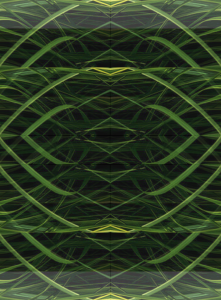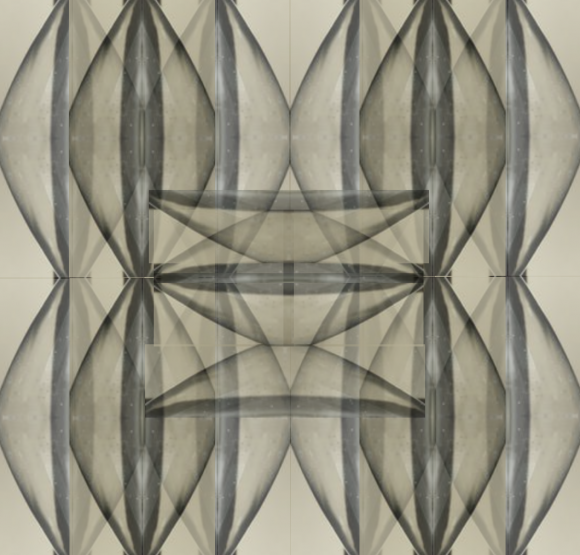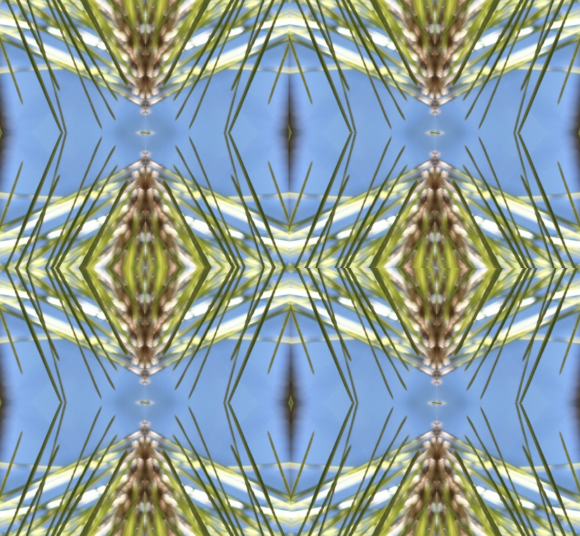In the theory I am exploring, the term ‘ghost’ does not denote a quasi-personal, supernatural entity; certainly, by this theory, a ghost is also not something that can be observed, immediately or mediatedly, by the senses (seen, heard, …, photographed). It is, however, something that can be created (better: initiated) by people, influenced (and even to some degree controlled) by them, and also fought and even eliminated; by extension, ghosts can be created by one person to harm another, and that operation can be either successful or not. Or, to put it in less mysterious terms: ghosts, as psychological patterns, can be used by persons to manipulate the psychology of other people.
Described that way, this is what seems to happen in Vertigo: the ghost pattern is initiated by Elster in order to manipulate Scottie. That is not the primary purpose, of course: manipulating Scottie is just instrumental, a part of the bigger scheme in the murder plot. But whether it is done instrumentally or “for its own sake”, so to speak (we can imagine it to be a cruel game, or something very close to it, on the lines of what the eponymous Magus does in Fowles’ novel), the point here is that it can be done. It is the actions of someone acting out a ghost narrative which instantiate the pattern, and once the pattern gets a grip on the external world, it runs its course.

(Symbolically, this seems to make sense for curses as well: they have to be pronounced in order to get started. Even in narratives where the curse is only observed by its effects, and then inferred to be there, generally a deeper analysis ends up with an initial triggering episode where it was deliberately cast. Ghost narratives can take the same plot structure.)



